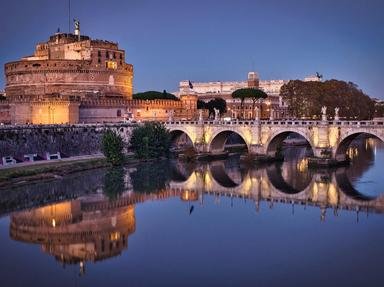Quiz Answer Key and Fun Facts
1. Anatolia, the ancient land of Turkey, is one of oldest permanently settled regions in the world.
2. At the site of Gobekli Tepe in ancient Anatolia, one of the oldest man-made structures in the world was found. For what was the structure used?
3. What distinction does the ancient Anatolian site of Çatalhoyuk hold today?
4. Located in ancient Anatolia is the site of an ancient battle described by the Greek poet, Homer. Where did the famous war that was fought over Helen take place?
5. The Hattians inhabited an area called Hatti in ancient Anatolia. Like the Minoans from Crete, their religion centered around the worship of which deity?
6. The Hurrians, who lived in ancient Anatolia, spoke the Hurrian language, however, they adopted which type of writing that was common in the ancient Near East?
7. The Hittites, a group of ancient Anatolians, made which type of structural adjustment to improve their war chariots?
8. The Hittites, who lived in ancient Anatolia, are credited with being the first to attempt which of the following feats?
9. According to legend, which Phrygian king who ruled in ancient Anatolia, the son of Gordias, founded the city of Gordium, and tied the famous Gordian Knot?
10. According to Herodotus, which of the ancient Anatolians were the first to use coined money?
Source: Author
ponycargirl
This quiz was reviewed by FunTrivia editor
gtho4 before going online.
Any errors found in FunTrivia content are routinely corrected through our feedback system.


